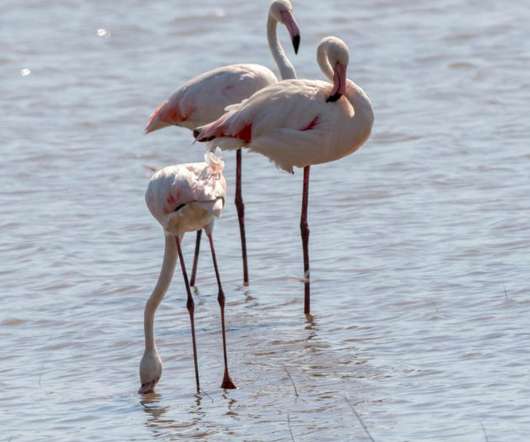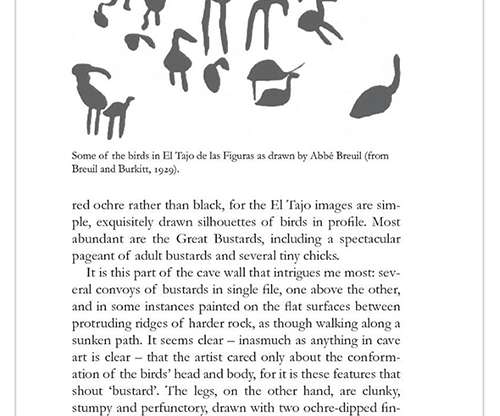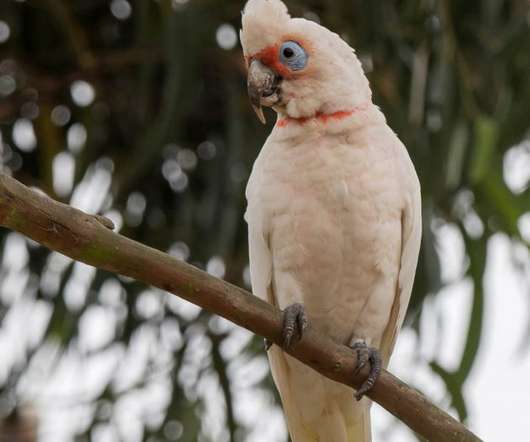Birding the Ndumo area, South Africa
10,000 Birds
DECEMBER 22, 2022
And this is (a bad photo of) an African Sacred Ibis mummy in the British Museum in London (found in Egypt). On the other hand, their preferred food is blood, and they also feed on it directly, pecking at a mammal’s wounds to keep them open ( source ). T his is an African Sacred Ibis at Ndumo.












Let's personalize your content